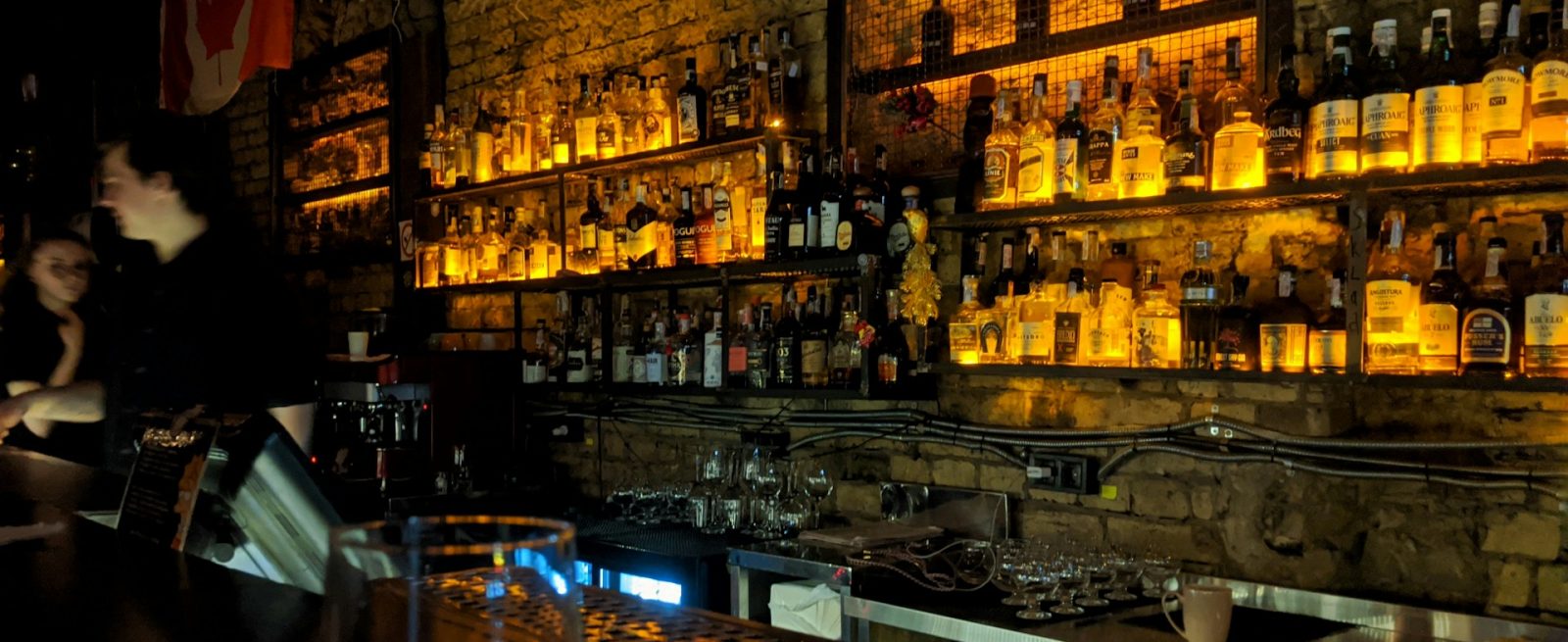Being Proactive to Protect Your Restaurant and Bar
3 Min Read By MRM Staff
The impact of tariffs are top of mind for many restaurant operators and a cause for anxiety. According to The Distilled Spirits of the United States (DISCUS), the most recent timeline regarding alcohol products calls for:
April 2: The U.S. could impose 25 percent tariffs on tequila, mezcal and Canadian whisky, when the current suspension expires, April 2: The U.S. could impose tariffs on wines and spirits from a range of countries, including a 200-percent tariff on European Union (EU) alcohol products. April 13: The EU’s previously imposed 25-percent tariff on American whiskeys is currently suspended. However, if there is no agreement on steel and aluminum, tariffs are scheduled to be reinstated at 50 percent. The EU could also impose tariffs on additional categories of U.S. spirits and wines.
DISCUS recently issued a call to action in partnership with the Toasts Not Tariffs Coalition, a group of 54 associations representing the entire three-tier chain of the U.S. alcohol…
Sorry, You've Reached Your Article Limit.
Register for free with our site to get unlimited articles.
Already registered? Sign in!

